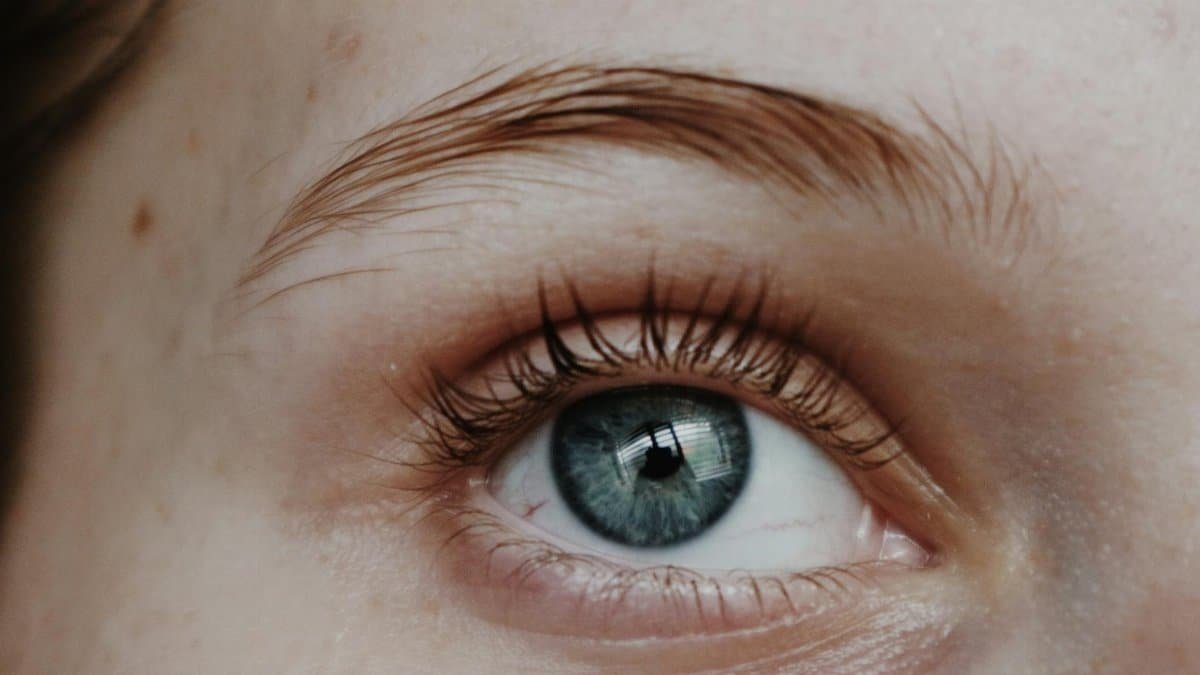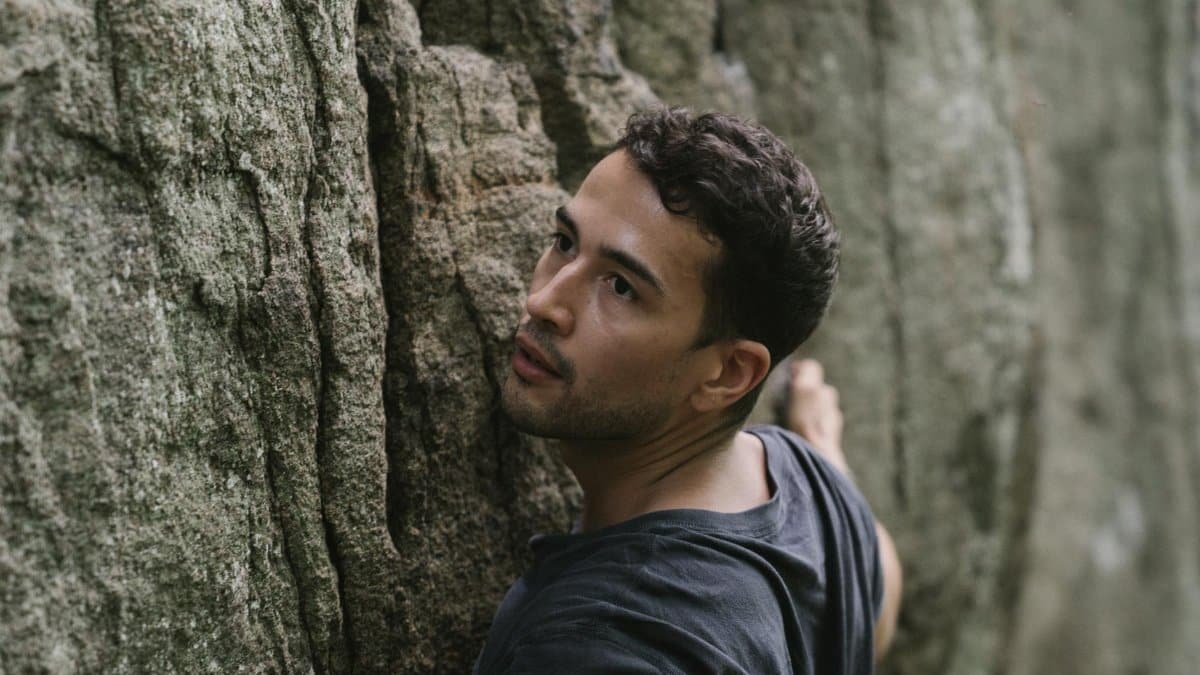A recent study from the American Psychological Association revealed that nearly 55% of adults have experienced at least one lucid dream in their lifetime, with interest surging amid rising stress levels. This figure, up from previous decades, underscores a growing fascination with controlling one’s dreams as a tool for personal growth. Lucid dreaming, where individuals become aware they’re dreaming and can influence the narrative, isn’t just a quirky sleep phenomenon. It’s drawing attention from researchers and everyday people seeking mental clarity in an unpredictable world. As more Americans grapple with anxiety and burnout in 2025, reports of profound shifts from lucid dreaming practitioners highlight its potential to foster resilience and inner strength. From enhanced problem-solving to emotional healing, these experiences suggest a deeper layer to our nightly rests.
Unraveling the Basics of Lucid Dreaming

At its core, lucid dreaming occurs when a person realizes they are in a dream state and gains some control over the events unfolding. This awareness can transform a passive sleep experience into an active adventure. Scientists have long studied this, tracing roots back to ancient practices in Tibetan Buddhism and early Western psychology.
Consider how it feels to fly through a cityscape or confront a fear head-on, all within the safety of your mind. One anonymized account from an online discussion described it vividly: a woman recounted steering her dream to resolve a real-life conflict, waking with a sense of empowerment that lingered into her day. Such stories illustrate the appeal.
Research supports these anecdotes. A study published in the journal Consciousness and Cognition explored how lucid dreamers report improved mood regulation. The mechanics involve brain regions like the prefrontal cortex lighting up, akin to wakeful decision-making. Yet, not everyone slips into this state easily; it often requires practice, blending intention with relaxation techniques.
The process starts with dream journaling, noting details upon waking to build recall. Over time, patterns emerge, paving the way for lucidity. In a nation where sleep quality dips due to digital overload, this practice offers a counterbalance, inviting practitioners to reclaim their subconscious narratives.
The Science Fueling These Nighttime Revelations

Dive into the brain science, and lucid dreaming reveals itself as a bridge between consciousness and the unconscious. Neuroimaging shows increased gamma wave activity during lucid episodes, signaling heightened awareness.
Experts at Stanford University have pioneered much of this work. Their research, detailed in a Stanford Medicine overview, demonstrates how lucid dreamers can communicate with the waking world through eye movements, opening doors to therapeutic applications.
Imagine a veteran using lucid dreams to rework traumatic memories. This isn’t fiction; clinical trials suggest potential for PTSD treatment. A report from the U.S. Department of Veterans Affairs explores such possibilities, noting reduced nightmare frequency among participants.
But science also uncovers limits. Not all dreams bend to will; some resist, mirroring life’s unpredictability. This tension adds depth, as practitioners learn to navigate both dream and reality with greater finesse. In 2025, with mental health resources stretched thin, these findings point to lucid dreaming as an accessible self-help tool, backed by evolving data.
Personal Transformations: Stories of Clarity and Resilience

Across the U.S., individuals report life-altering shifts from regular lucid dreaming. Take the case of a middle-aged teacher in Chicago who, after months of practice, used dreams to brainstorm classroom solutions. She described waking with innovative ideas that boosted her students’ engagement, a ripple effect on her professional confidence.
These changes often manifest as heightened mental clarity. Practitioners speak of sifting through emotional clutter in dreams, emerging with sharper focus. One man shared anonymously how confronting dream symbols of his past regrets led to forgiving himself, easing chronic anxiety.
Such narratives align with broader trends. A survey by the Pew Research Center on mental health highlights declining well-being, making lucid dreaming’s role in building resilience timely. It’s not about escaping reality but enhancing it, fostering a inner strength that withstands daily pressures.
Yet, transformations vary. Some find quick wins, while others wrestle with elusive lucidity. This diversity underscores the practice’s personal nature, inviting tailored approaches for maximum impact.
Overcoming Common Hurdles in Pursuit of Lucidity

Starting out, many hit roadblocks. Sleep disruptions or skepticism can derail efforts. One common issue: failing to recall dreams, which blocks the path to awareness.
To counter this, experts recommend reality checks throughout the day—questioning if you’re dreaming by examining your hands or trying to push a finger through your palm. These habits bleed into sleep, triggering lucidity.
Anecdotes reveal persistence pays off. A New Yorker recounted initial frustration, nights of blank recall, until consistent journaling flipped the script. Suddenly, dreams sharpened, allowing control.
Another challenge: maintaining lucidity without waking. Techniques like spinning in the dream or focusing on details help stabilize the state. Research from the Scientific Reports journal validates these methods, showing they extend dream duration.
In a culture valuing quick fixes, lucid dreaming demands patience, a hurdle that itself builds resilience. For middle-aged adults juggling careers and family, these obstacles become opportunities for growth, turning potential setbacks into stepping stones.
Practical Applications in Everyday Life

Beyond the bedroom, lucid dreaming spills into daily routines. Athletes use it to rehearse skills, visualizing perfect performances in dreams. Musicians compose tunes amid slumbering symphonies.
In therapy, it’s a tool for exposure without real-world risk. Someone afraid of public speaking might practice speeches in dreams, reducing anxiety over time.
Consider a parent navigating midlife changes. Through lucid dreams, they explore future scenarios, gaining insights that inform decisions. This application resonates in 2025, as economic uncertainties push many to seek internal guidance.
Workplaces even nod to it. Some wellness programs incorporate dream workshops, recognizing the link to creativity and problem-solving. Yet, integration requires balance; over-reliance on dreams could blur lines with reality, a nuance practitioners learn to manage.
Ultimately, these uses highlight lucid dreaming’s versatility, turning abstract experiences into concrete benefits for clarity and strength.
The Emotional Depth: Healing and Inner Peace

Delving deeper, lucid dreaming often uncovers emotional layers. Practitioners report confronting grief or unresolved traumas, rewriting narratives for healing.
One story stands out: a widow who dreamed of conversations with her late spouse, finding closure that eluded waking hours. This emotional alchemy fosters inner peace, a profound shift amid life’s chaos.
Studies back this. Research in the Evolutionary Psychology journal links lucid dreaming to better emotional processing, suggesting evolutionary roots in adaptive dreaming.
However, it’s not always smooth. Intense dreams can stir discomfort, requiring grounding techniques post-wake. This complexity adds richness, as users navigate the interplay of vulnerability and empowerment.
For many in the U.S., where spiritual seeking surges, lucid dreaming bridges psychology and mysticism, offering a path to profound self-understanding.
Community and Cultural Shifts Around Lucid Dreaming

As interest grows, communities form. Online forums buzz with tips, while apps track dream patterns, democratizing access.
In cities like Los Angeles, workshops blend science and spirituality, attracting diverse crowds. This cultural embrace reflects a broader shift toward conscious practices in 2025.
Yet, skepticism lingers. Critics question its reliability, but proponents counter with personal evidence. This dialogue enriches the landscape, encouraging informed exploration.
Globally, influences from indigenous traditions infuse modern approaches, reminding us of dreaming’s timeless role in human experience.
Looking Ahead: Sustaining the Practice

Maintaining lucid dreaming requires ongoing effort. Integrating it with mindfulness or yoga amplifies effects, creating a holistic routine.
Future research may unlock more benefits, from cognitive enhancement to creative breakthroughs. As awareness spreads, its profound shifts could redefine personal development for generations.
In essence, lucid dreaming invites us to harness our inner worlds, yielding clarity, resilience, and strength that echo far beyond the night.
